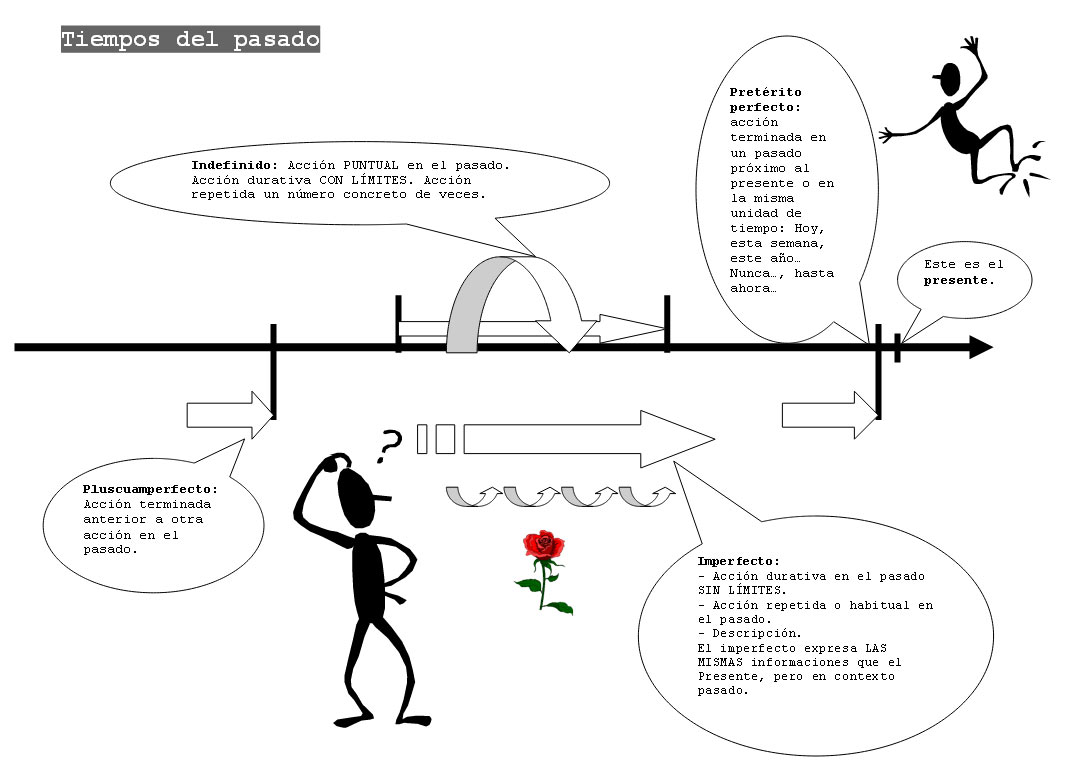Home Page » Post
« Next Article: Language Teaching - Refresh Your Skills
» Previous Article: Teaching Spanish - Informal Spanish
Thursday, June 13, 2013 (read 771 times)
Teaching Reported Speech in Spanish
by LaurisThe Hows and Whys of Certain Things
When teaching reported speech, we often present students not only with the structural changes produced between it and direct speech (in relation to articles, pronouns, demonstratives, and time expressions) but also with a list in which the left hand column includes all the verb options that may be used with direct speech (in other words all the verb tenses, both in the indicative and the subjunctive) and in which the right hand column lists the equivalent of those tenses in the past as used with reported speech.
And that’s it.
Understanding Reported Speach
We’re obligated to offer our Spanish students information on these changes as something of an act of faith. Finding a logical explanation for these changes in verb tenses is not common. And I don’t like that. I don’t like it because I’ve always been of the opinion that memory is a good compliment to learning, but it is only a compliment, and it should never substitute comprehension, understanding, the light bulb that flashes on over students’ heads when they suddenly exclaim with a smile, “now I get it!”
And that’s what I want to share with you right now.
To get students to understand why these changes occur, you can kill two birds with one stone by first reviewing the verb tenses in Spanish. I think that we can agree that one of the priorities when repeating someone else’s words is accuracy: we must alter the references to space and time (like saying él instead of yo or aquel día instead of hoy etc.) When changing these time references, we get right into the mechanics of the verb. To start off with, let’s take a look at the past tenses of the indicative.
- The present indicative (as I’ll only discuss tenses in this mode, reference to it will not be used for the sake of convenience) changes in the imperfect. This is because the present is used to express an action in progress, a habitual action, or a description. So what’s the imperfect used for? The same thing, but in a past context.
- The imperfect doesn’t change; it continues as the imperfect, the person of course does change. If you substitute the imperfect for another tense then you’ll be altering the original meaning, which is something we don’t want.
- The perfect changes to the pluperfect. Here’s an unorthodox trick that works for me in class: the perfect tense is composed of the present tense of the verb haber and the participle; if we accept that the present changes to the imperfect… then all you have to do is change the present form of haber to the imperfect and you have… the pluperfect!
- The pluperfect tense doesn’t change. There is no form of the past tense that goes farther back than pluperfect, and the goal is to “take back to the past” the action that’s being talked about in the direct speech structure.
- The indefinite is used to express two different types of information depending on the context: a durative action with limits in the past, in which case it makes sense to change it to the pluperfect, which expresses the same idea of a finalized action in a more remote past; however we can also express a specific past action with the indefinite… Is there any other verb form that expresses the same thing? NO. That’s why, when the indefinite expresses a specific action, you can decide to not change the tense of the verb from the direct speech structure, changing only the references to the speaker.
When I’ve had to work with groups of students that have been more visual learners than auditory or kinesthetic learners, I’ve found the following visual very helpful, observing all the characteristics of each verb tense and moving them into the past until finding something that fits. If it fits, the change is made, if not, the transformation is not made.
Keywords: tenses in spanish,spanish grammar,how to teach spanish,verb tenses spanish,reported speech

